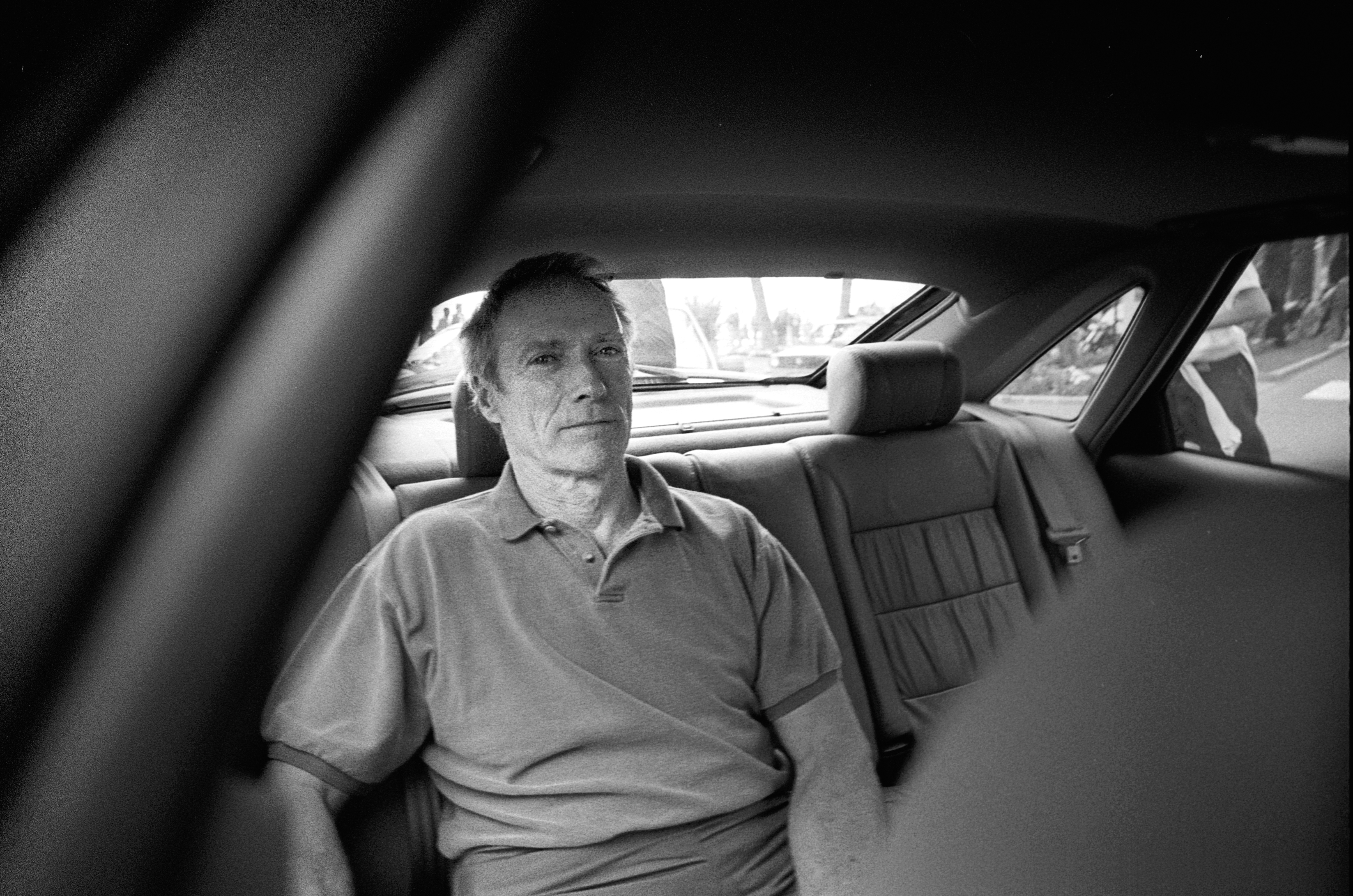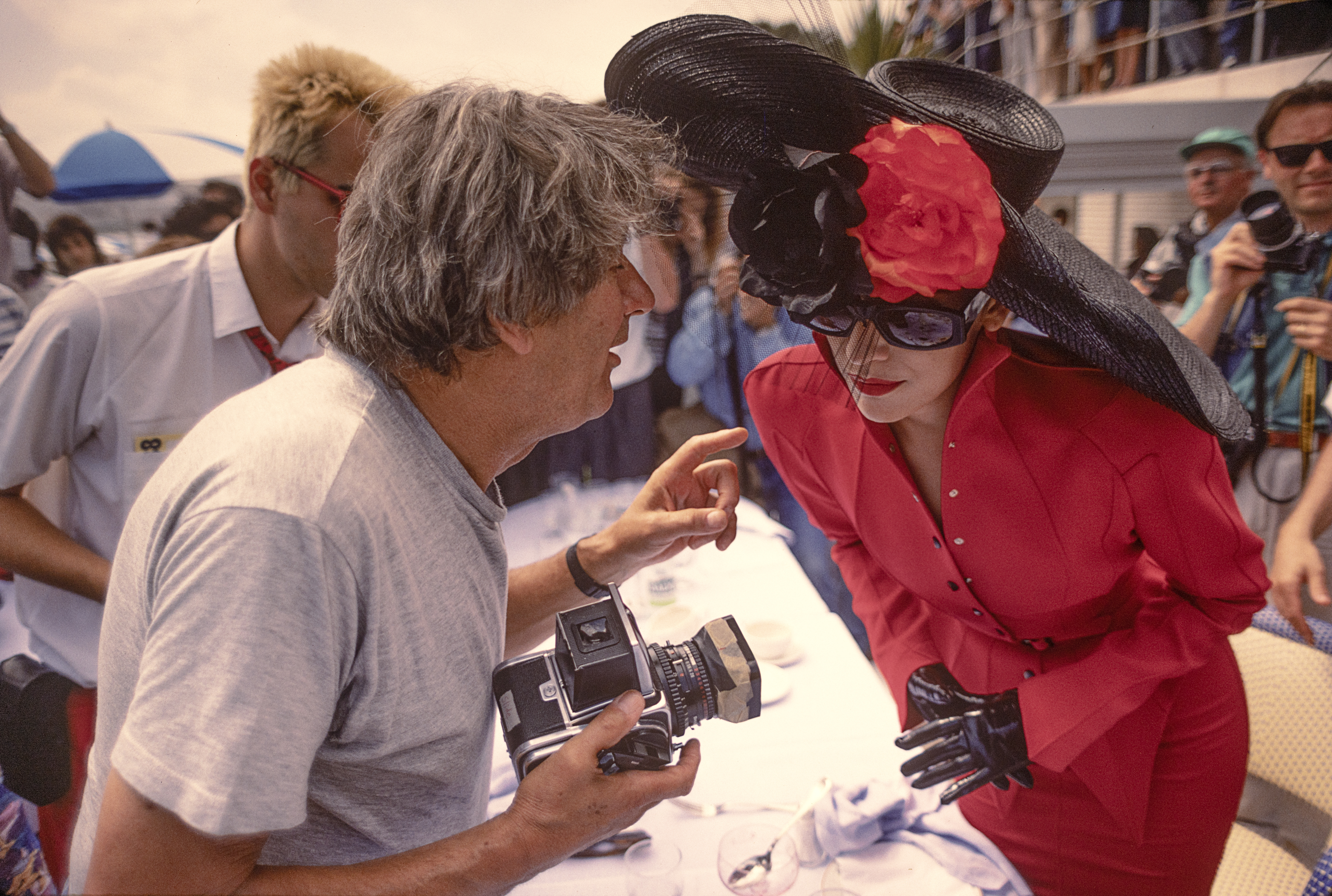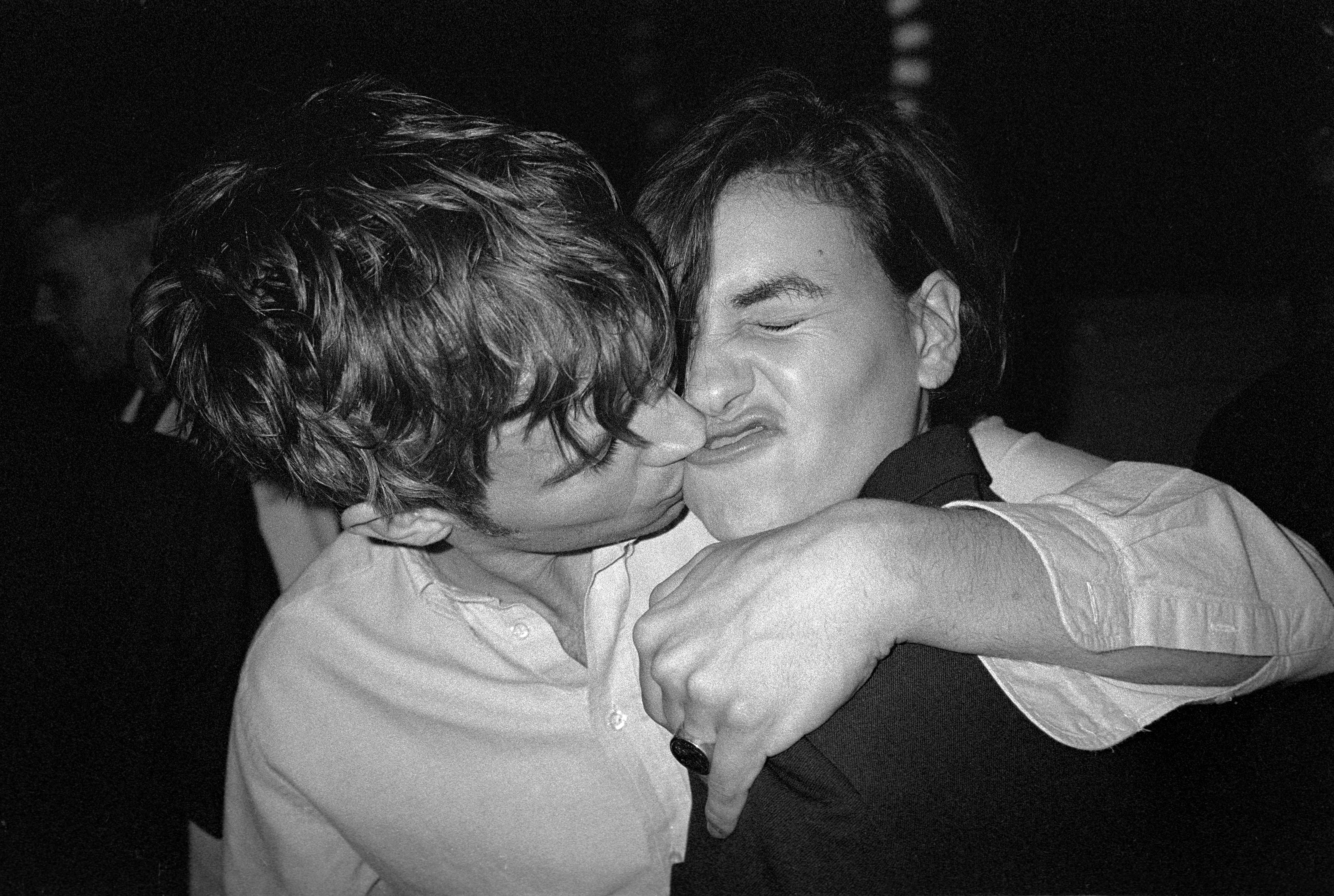Tree of Life
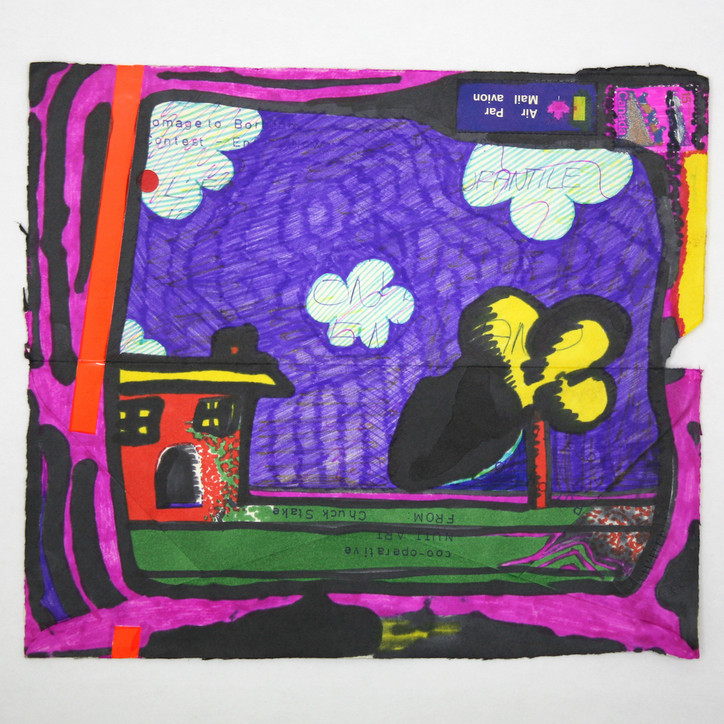
Be sure to become further acquainted with Genesis' story, and check out the show before it closes, February 4th.
- Photos and text courtesy of INVISIBLE-EXPORTS
Stay informed on our latest news!

Be sure to become further acquainted with Genesis' story, and check out the show before it closes, February 4th.
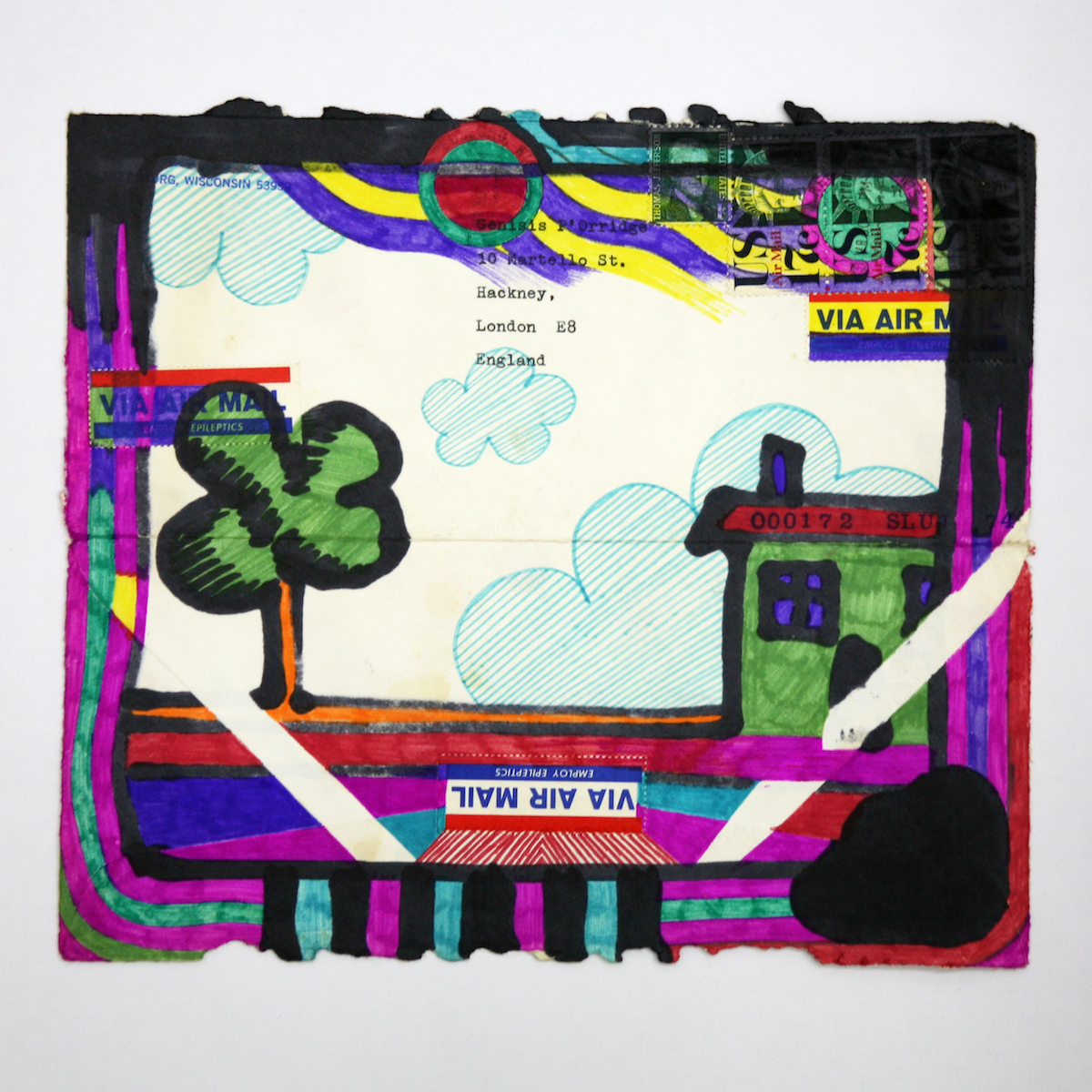
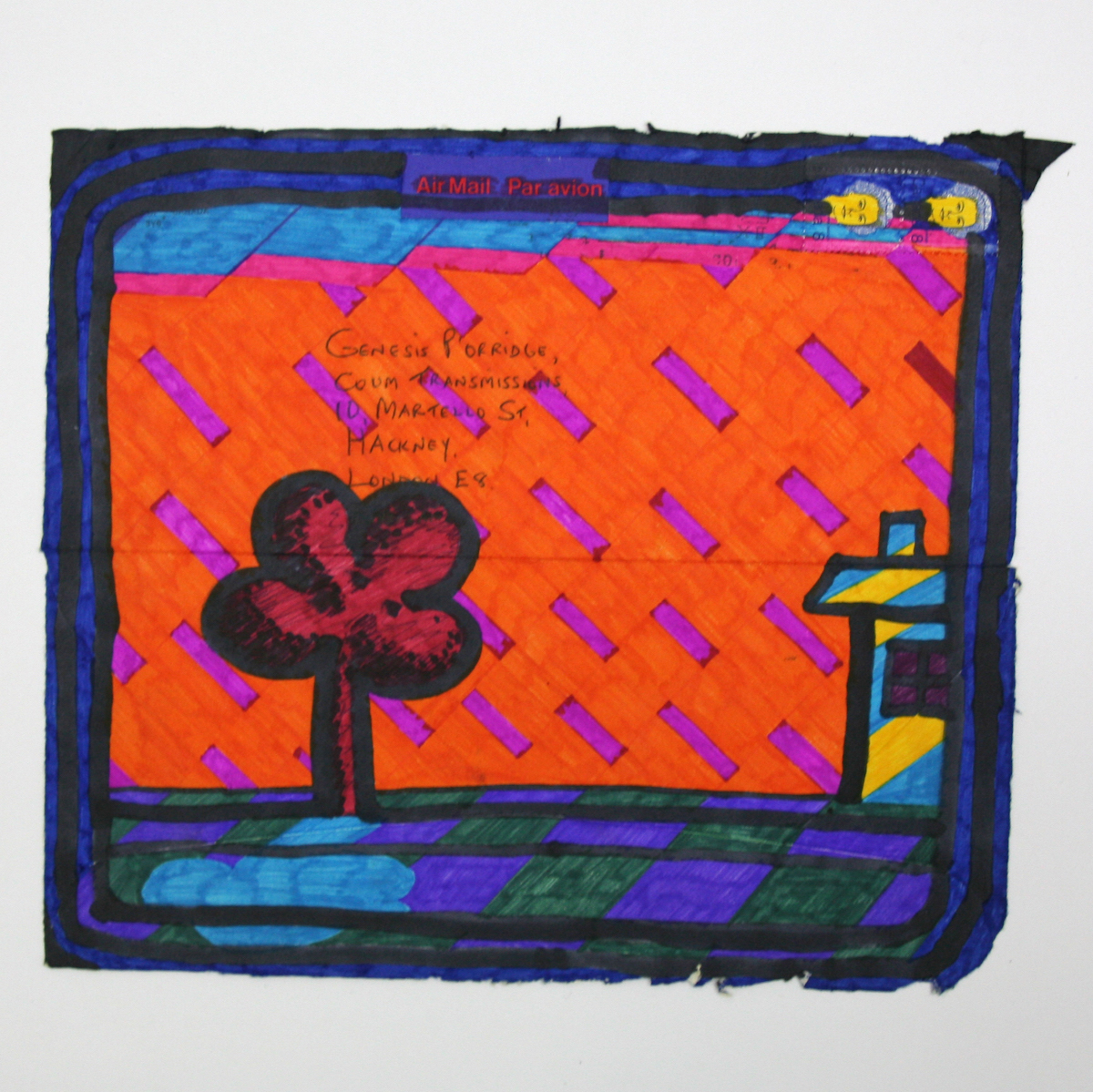
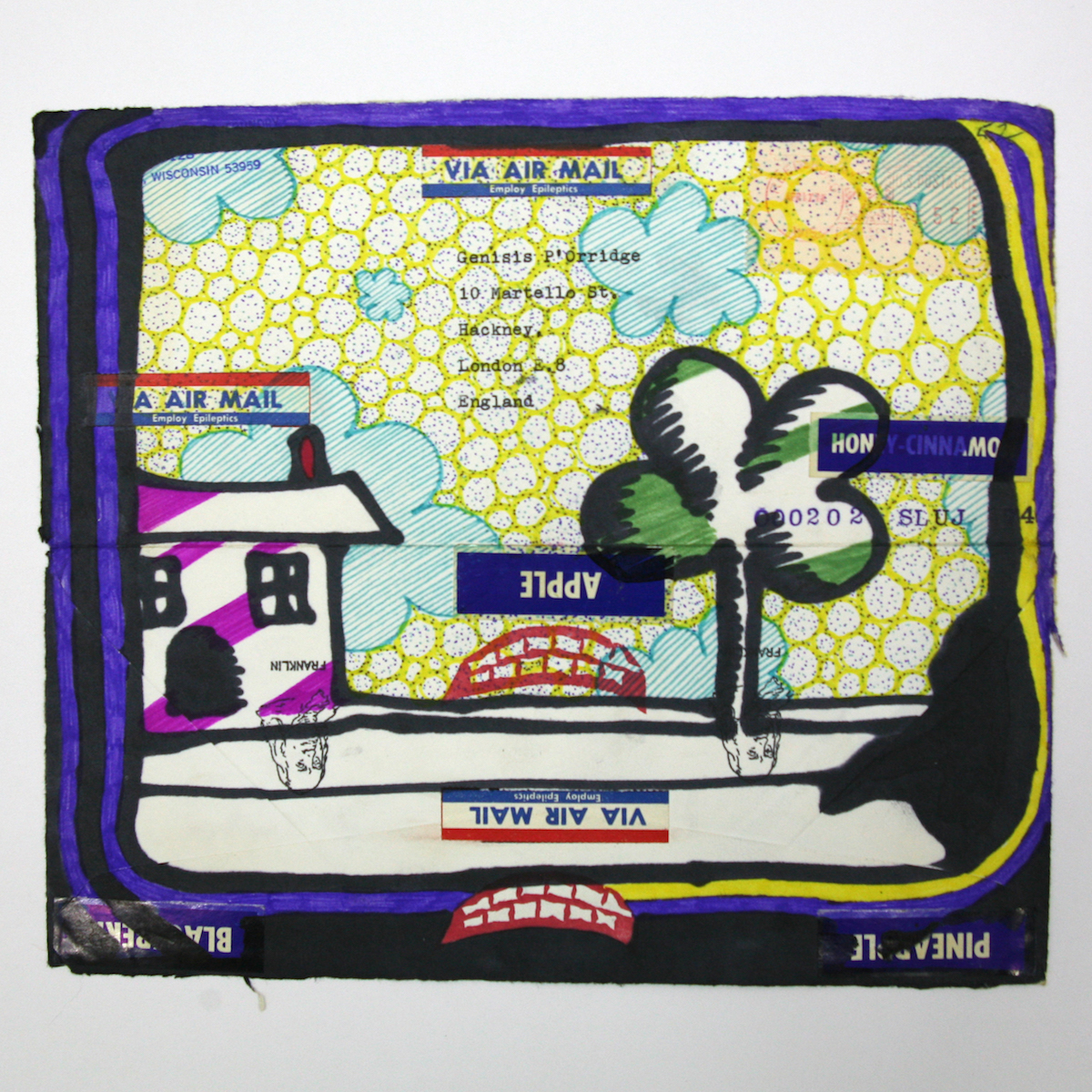
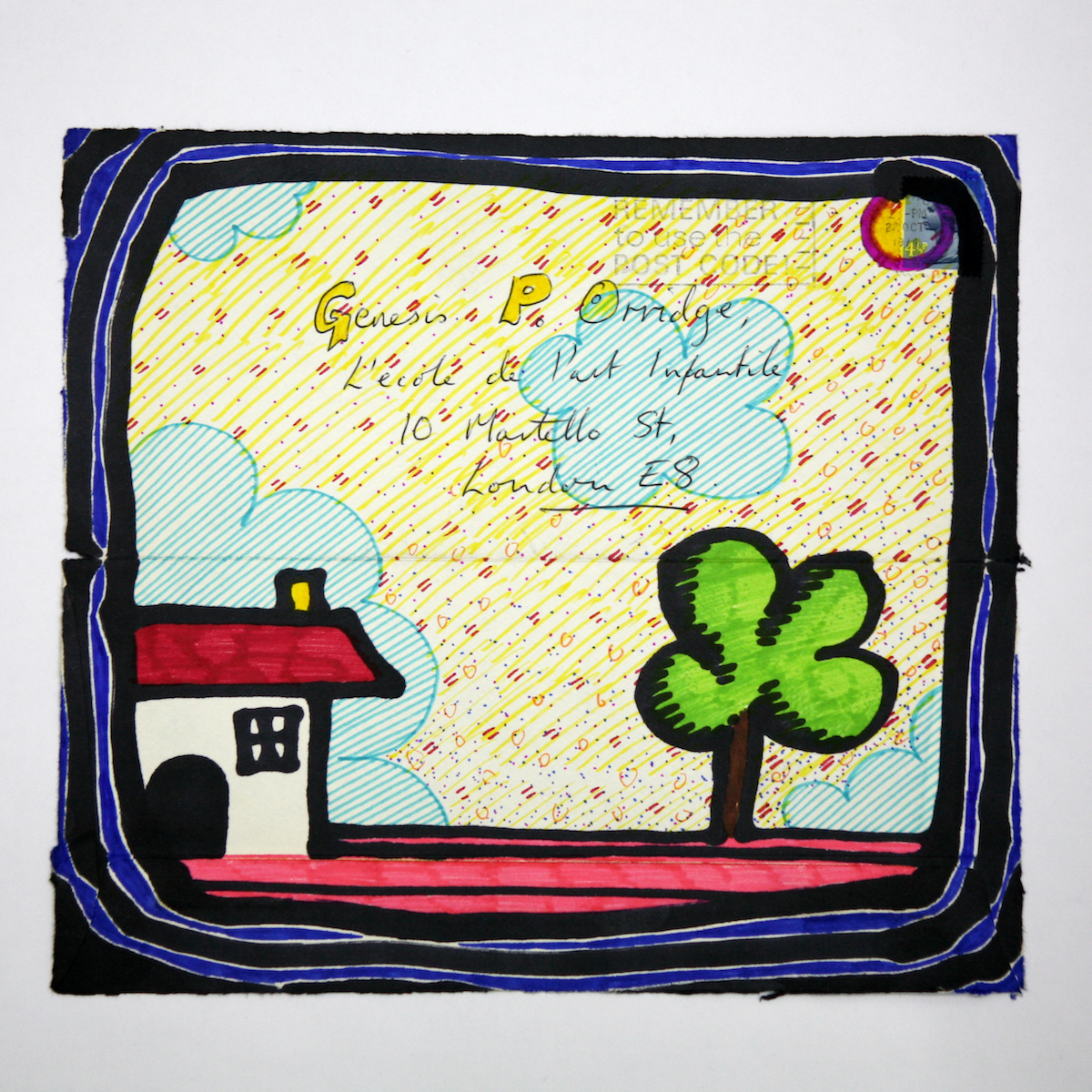


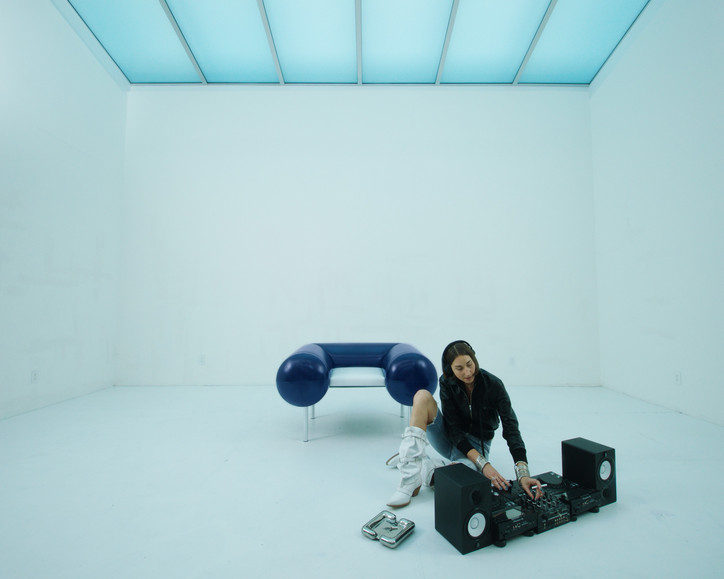
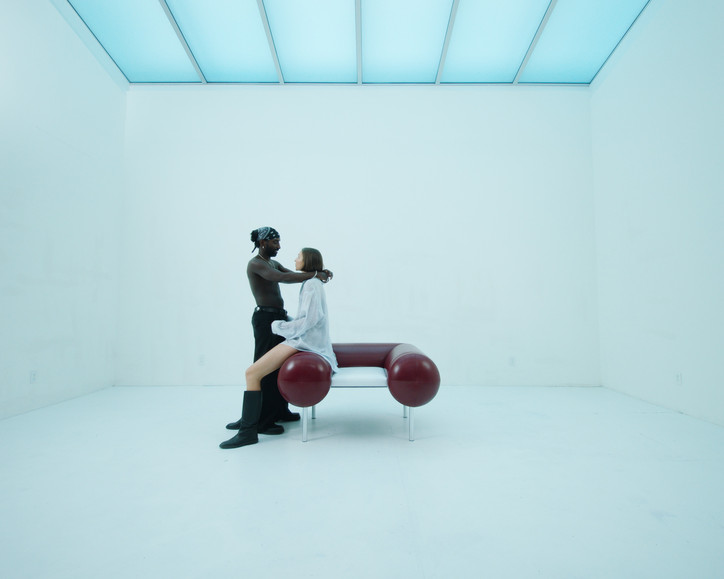
Designed and fabricated in New York City, the chair features an internal wood frame, leather-upholstered cushion, and removable legs for sustainable flat-pack shipping. Available in a range of colours, patterns and textures, the chair maintains the collection's playful and indulgent tone. Reflecting on the name: the plush cushion wraps around the sitter, offering a physical embrace, just as the tray and bed frames 'hug' the objects they support.
As a self-taught multidisciplinary artist and designer, a keen eye for design has always been part of Kouros' identity. After earning his degree in sustainable architecture and urban design, he debuted his own furniture collection after having also worked in the industry. Mehmooni, his first collection drew directly from his Persian culture, but worked with playful postmodern motifs and encouraged indulgence. His approach investigates future cultures, gathering from fashion and metropolitanism. Unapologetically referencing sex, liberation, opulance and pleasure-seeking.
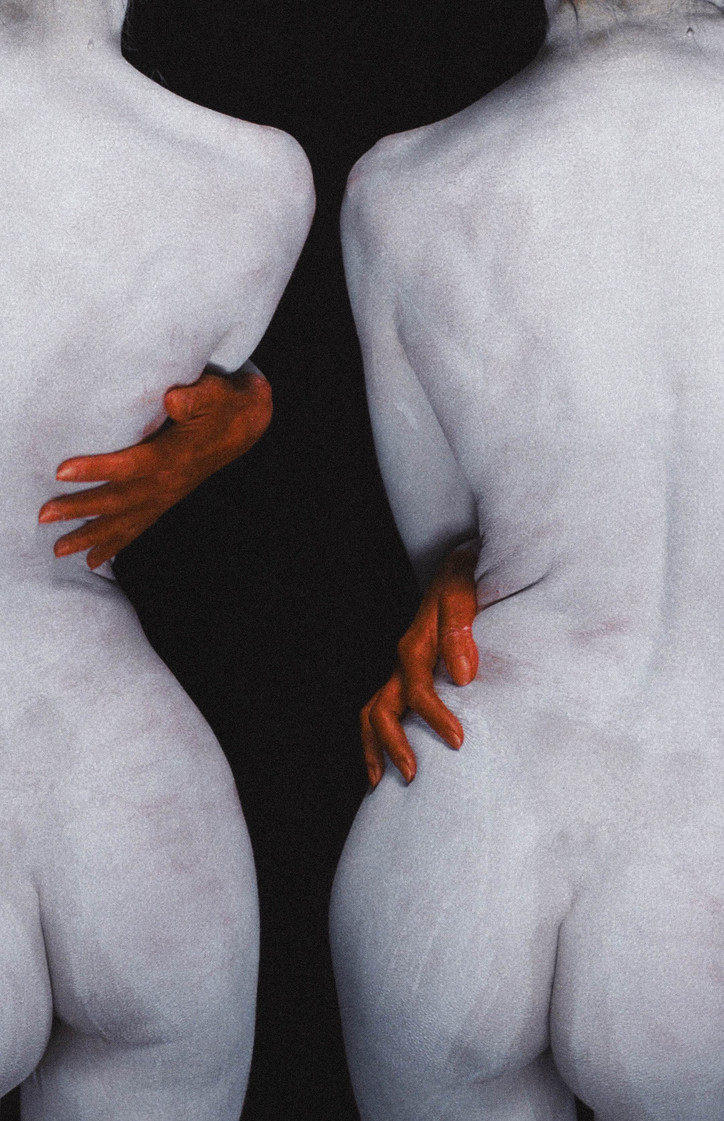
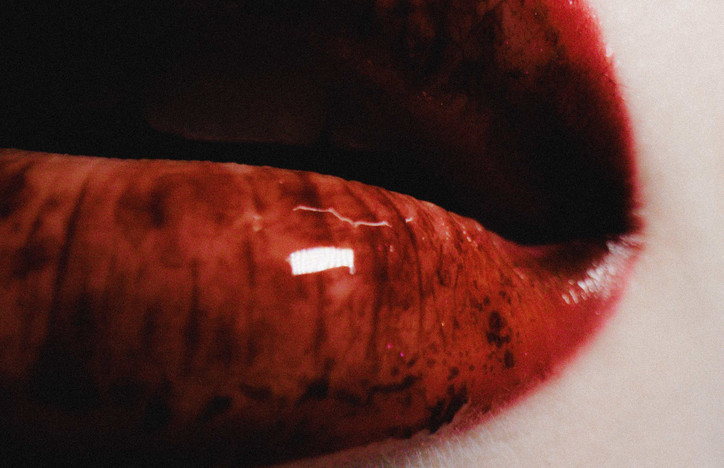
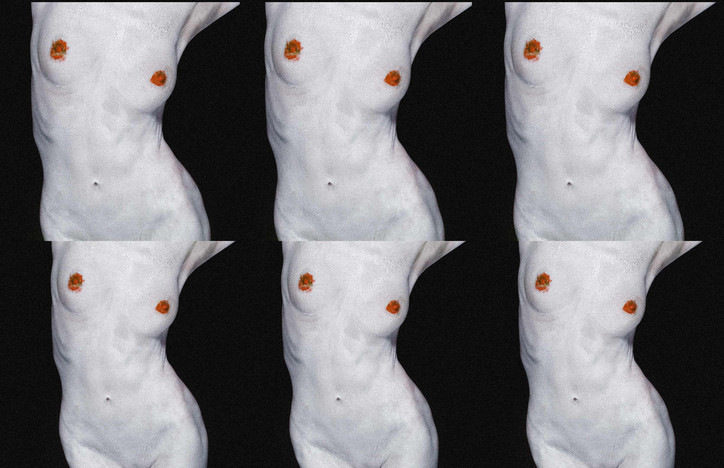
This project is an intimate exploration of love in its most raw and unfiltered form where beauty and pain collide. Through poetic photography and cinematic storytelling, it captures the fragile space between connection and loss, passion and vulnerability. It's a visual meditation on emotion as transformation a bold invitation to witness love not as perfection, but as the honest, aching truth of being human.
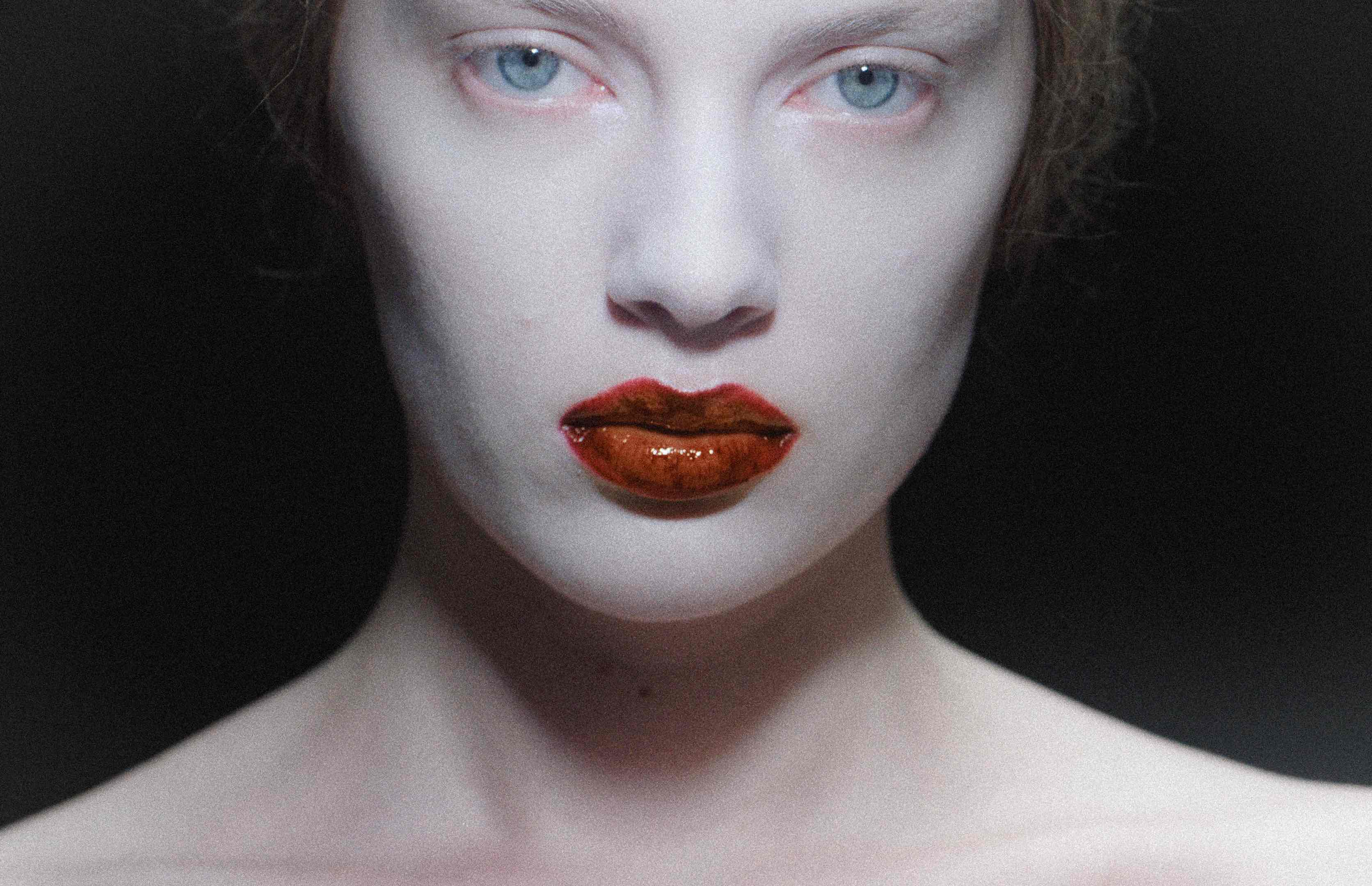
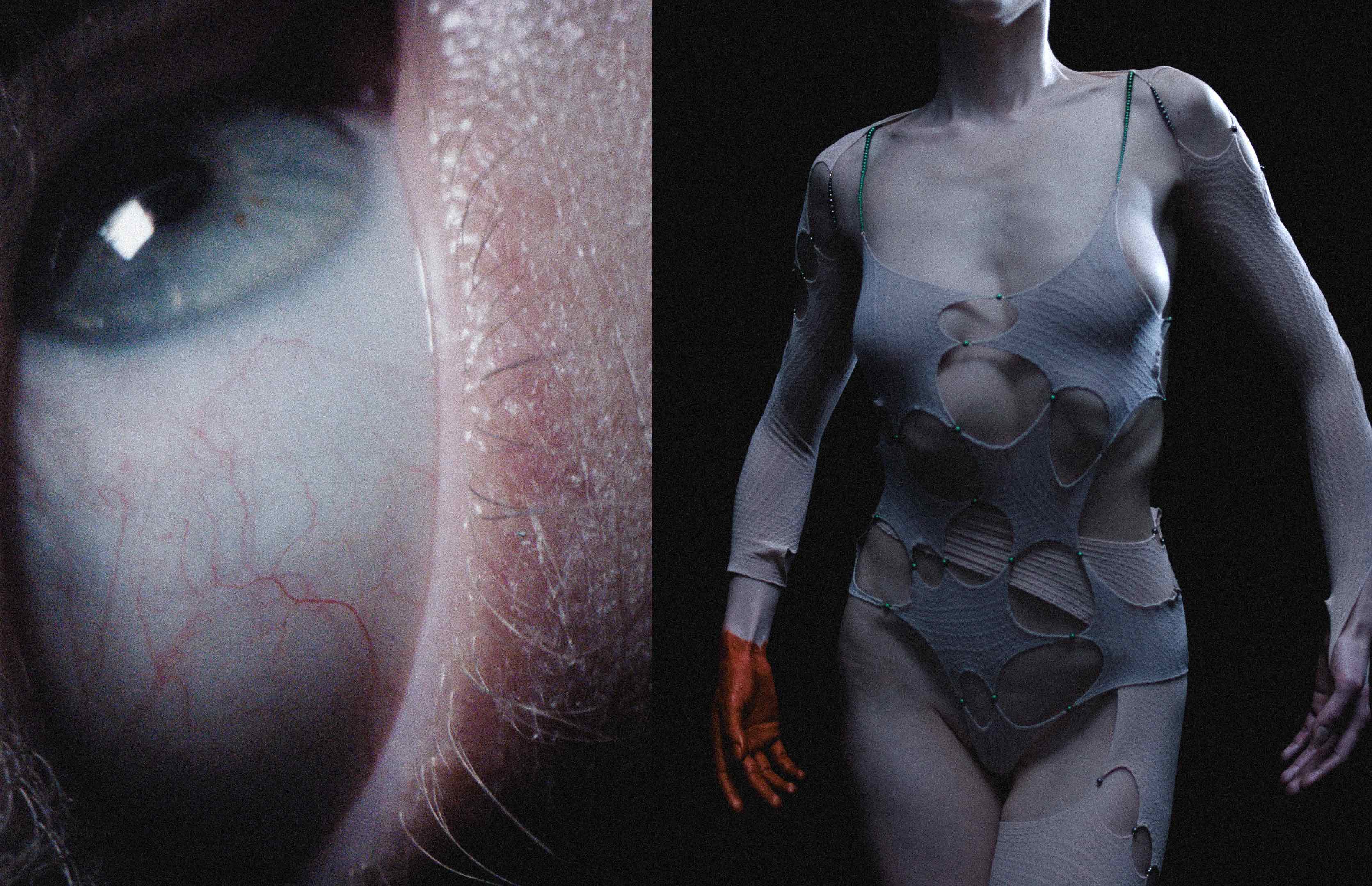
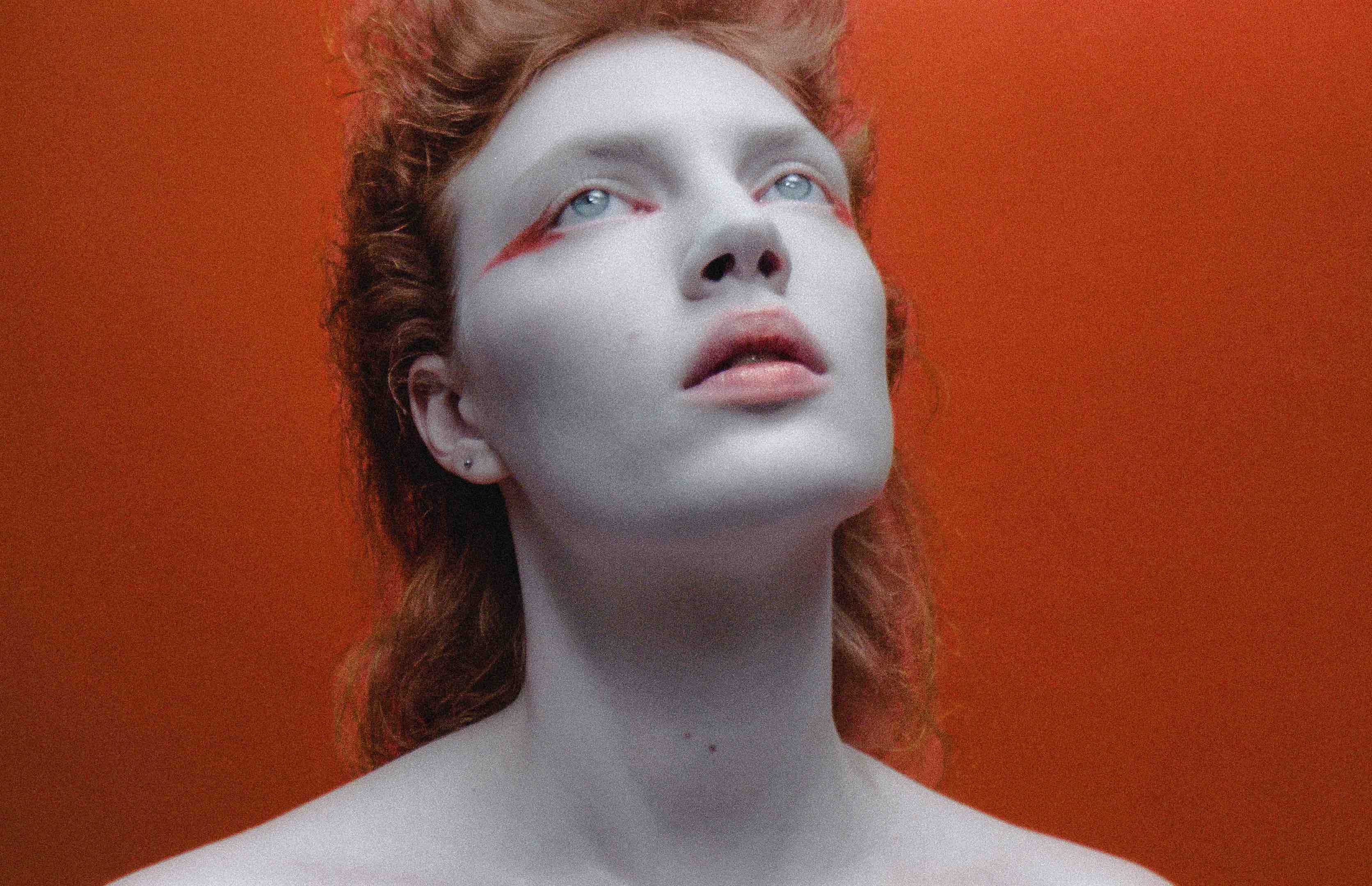
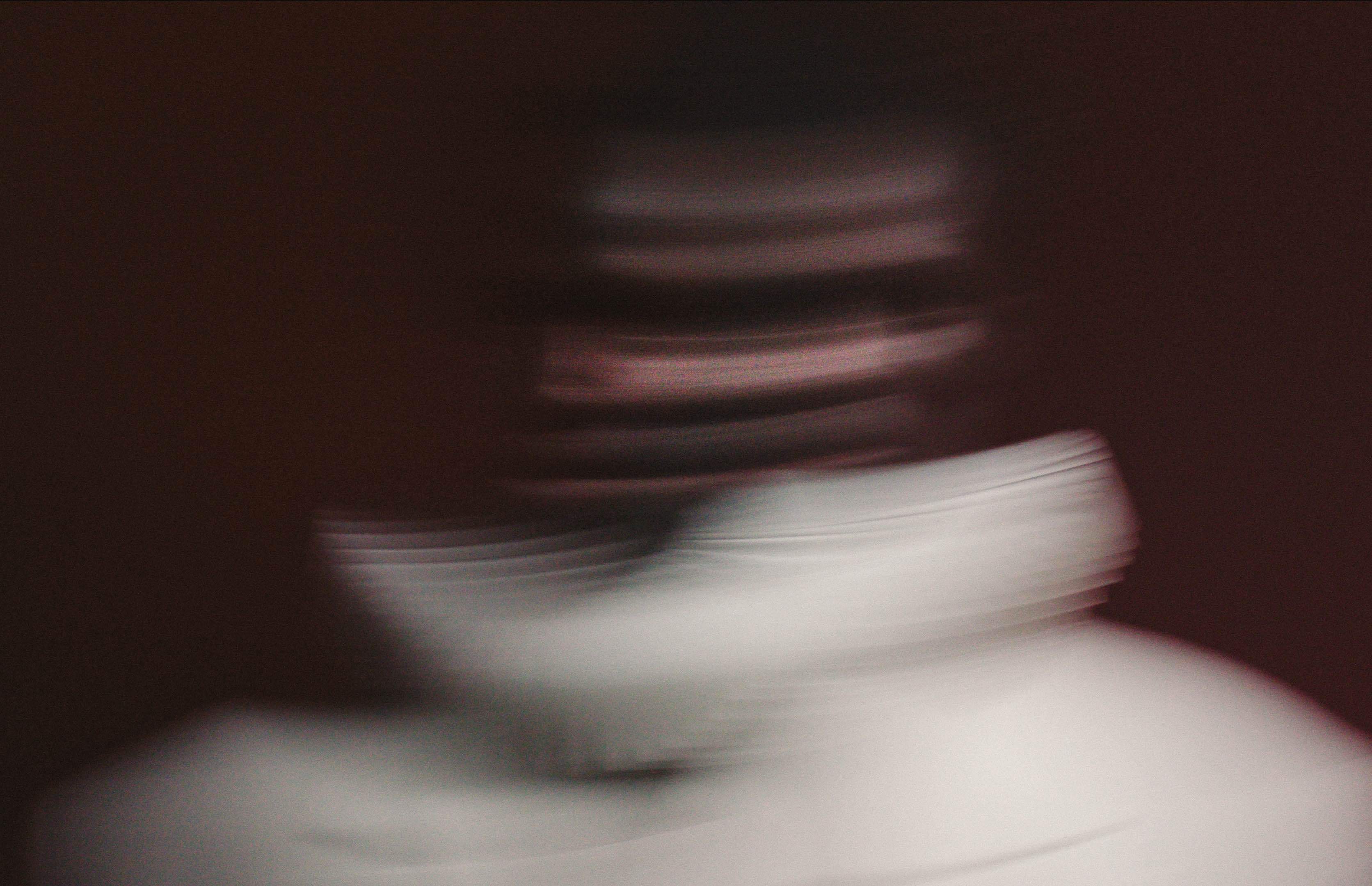
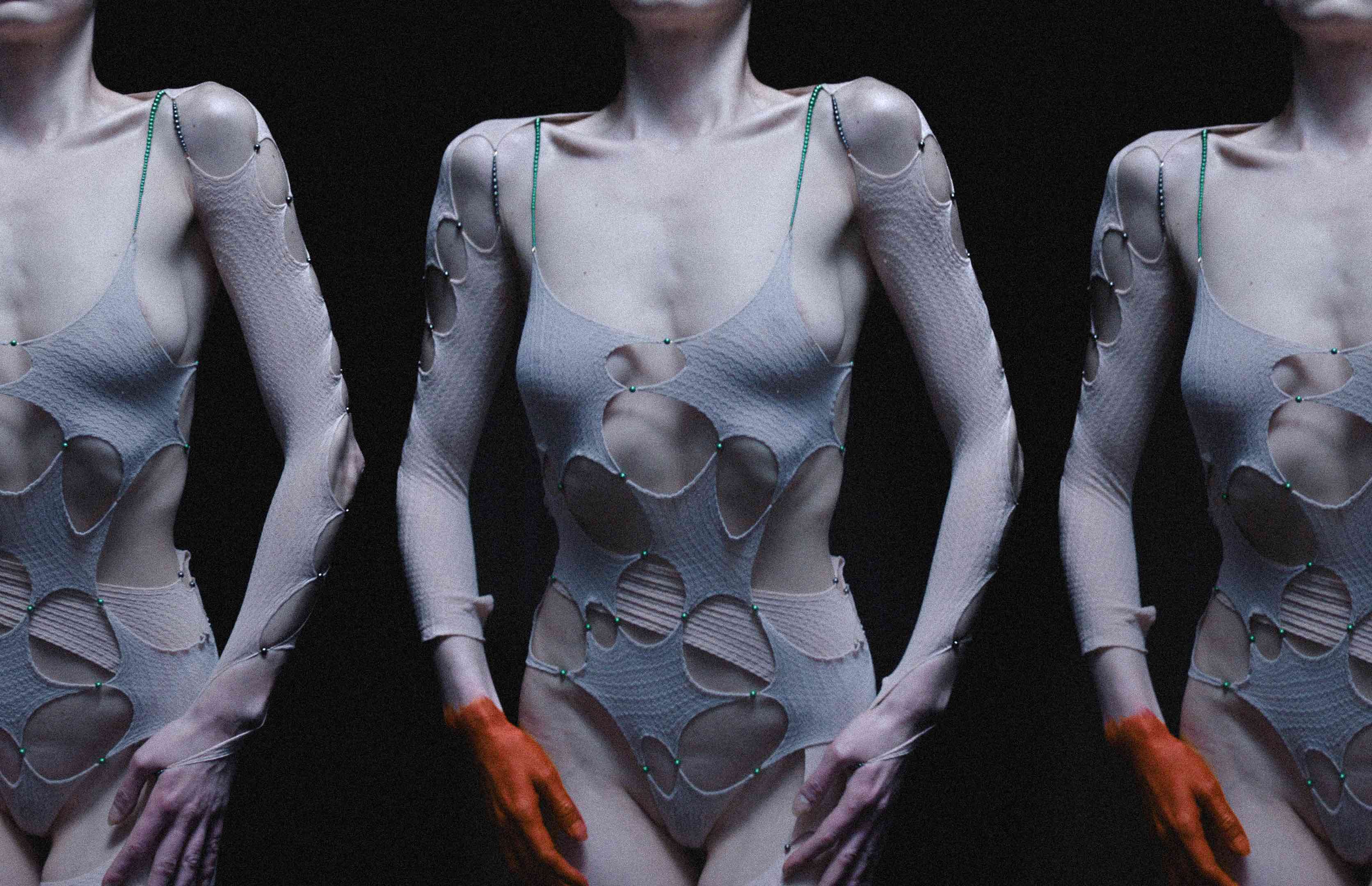
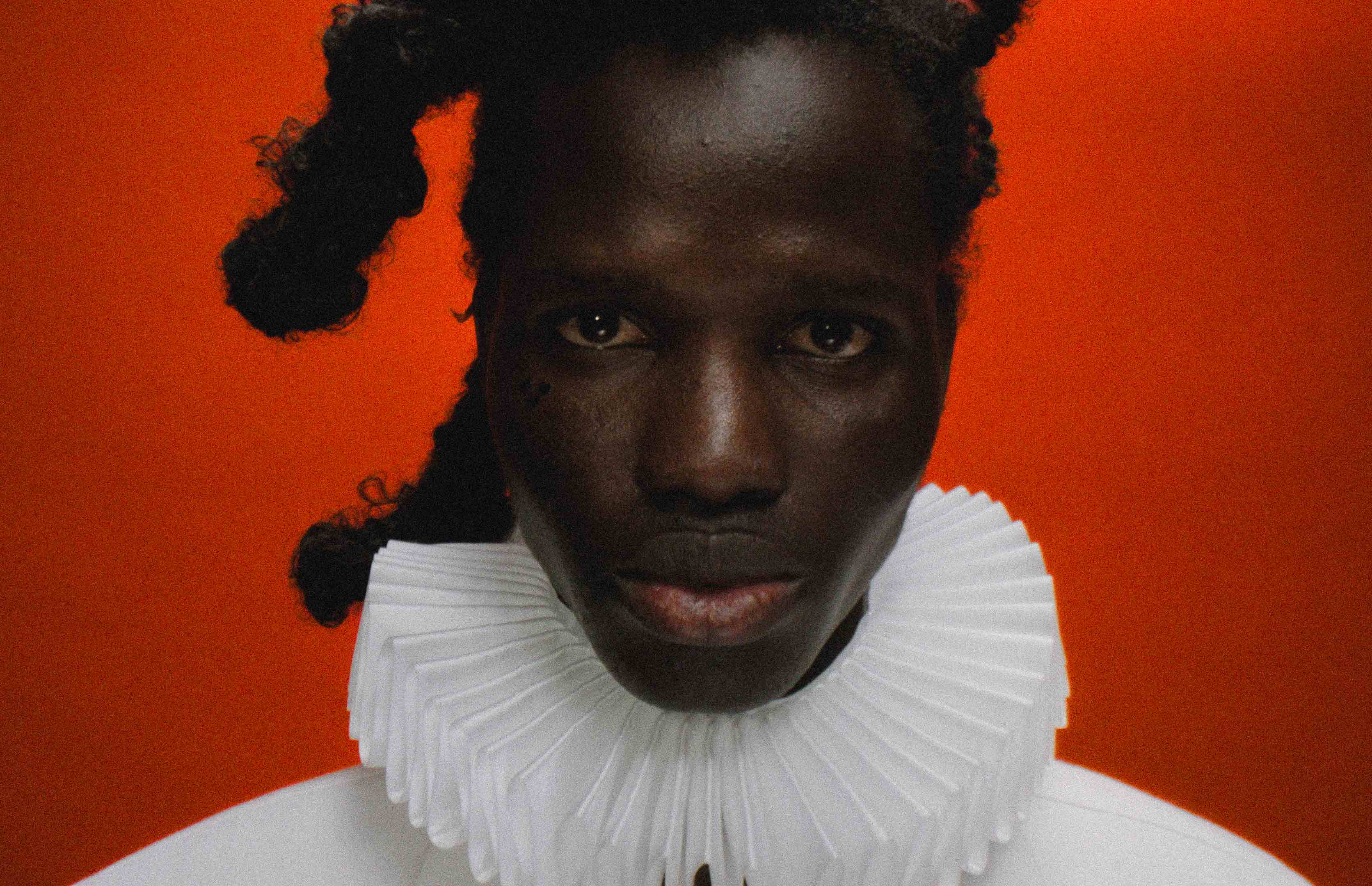

When you first got to Cannes to shoot for NME, what were your first impressions of the city and the festival’s energy?
I was amazed. I’d never seen anything like it before. Thousands of people wandering around the Croisette trying to spot famous film stars. First the crowds would all rush one way, then they’d rush another. Almost like a murmuration of starlings. And when the weekend came, it seemed like all of France had turned up in Cannes. Over the years, I went to Cannes a couple of times when the Film Festival wasn’t on—once during the music festival Midem—and it just didn’t have the same fervent energy at all.
What made Cannes such a good setting for your work? You’ve called it “hugely photogenic despite the chaos”—what did you mean by that?
Wherever big crowds gather together with one intention in mind, it’s liable to be photogenic. Big outdoor rock festivals, Carnival, Pride Weekend, sporting events like the F1 Grand Prix (Monaco is only half an hour's drive from Cannes). As a photographer, I’m like a kid in a candy store at those sorts of events. Add to that, the blazing sun, the beautiful people on the beach, the expensive cars and the smell of grilled seafood coming from all the beachside cafes, and it’s quite an intoxicating mixture.
You were in Cannes from 1984 to 1996. How did the festival—and your experience of it—change over the years?
The first few times I went, I was amazed at how close one could get to the stars. If you had festival accreditation, you could just wander into the lobby of any of the big hotels and bump into a huge Hollywood star, sometimes several. Or you could see them eating on the hotel terraces or at one of the many fancy restaurants in town. If you could find out what room they were in, you could give them a call, say who you were shooting for, and sometimes they’d allow you up to photograph them. I did it a few times myself. Once, one of the English press photographers told me what room number Helena Bonham Carter was in at the Carlton. This was long before she was a big star. I called her and asked if I could come up and take some photos. She told me she didn’t have any time but she didn’t actually say “no.” And late at night, after all the beach photographers and film fans had left, one could sometimes see big stars walking, and occasionally staggering, back to their hotel rooms after a night out. I think there’s zero chance of any of that happening today. By 1996, the Hot D’Or awards had moved to Paris, and the craziness had subsided a notch or two.

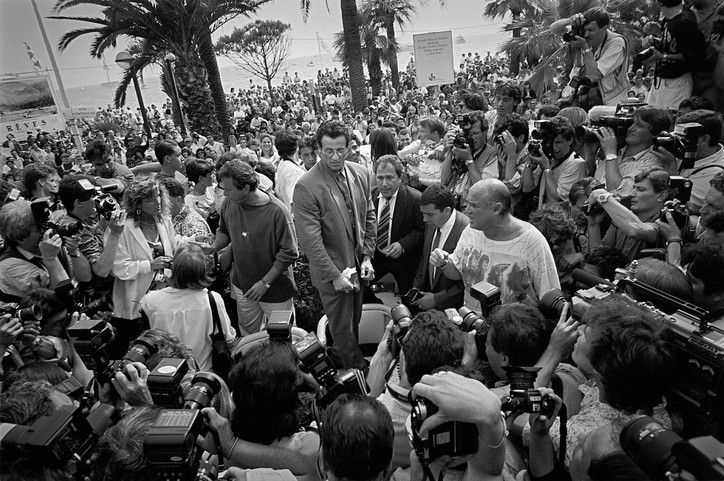
When you’re photographing something more polished like Cannes versus a more raw or underground scene, do you change how you shoot—either technically or emotionally?
It never felt like I was photographing the polished side of Cannes. I never once photographed the stars on the red carpet or attended any of the organised Film Festival photo calls. And being pushed around in the mosh pit at a rock gig or elbows out amongst a big crowd of pushing, jostling film fans at Cannes is emotionally not so very different. Last year I published a zine of photographs of crowds at the front of rock gigs. The atmosphere of excited eagerness was quite similar.
Do you rely more on instinct or experience when deciding what moments to capture in a setting as dynamic as Cannes?
Every moment of every day there’s a photograph waiting to be taken and, yes, with experience, one does learn to be open to every possibility. Whether that amounts to it ever becoming instinctive, I’m not sure. But I am absolutely sure that I miss far more decisive moments than I ever manage to capture. Probably all photographers do.
What usually catches your eye in that environment? Are there certain moods or moments you’re always drawn to?
I’m certainly drawn to all the craziness on the Cannes beach. I’m drawn to all the exhibitionism. Life’s show-offs, peacocks and all those demanding attention will always find a willing participant here.
How do you decide which quick, passing moments are worth capturing? Has your sense of timing or what’s important in a shot changed over time?
One thing I did learn from Cannes is that although there’s a decent photograph to be taken almost anywhere you look, quite often a better photographic opportunity will be happening behind you. Or it’ll be in the opposite direction to where most of the crowd is looking. So you need to be quite clever and learn to anticipate what might be about to happen. I don’t credit myself with any special ability in this regard. Across 12 years of attending the Cannes Film Festival, I shot many thousands of photographs, but there were undoubtedly thousands more great photographs that I must have missed.
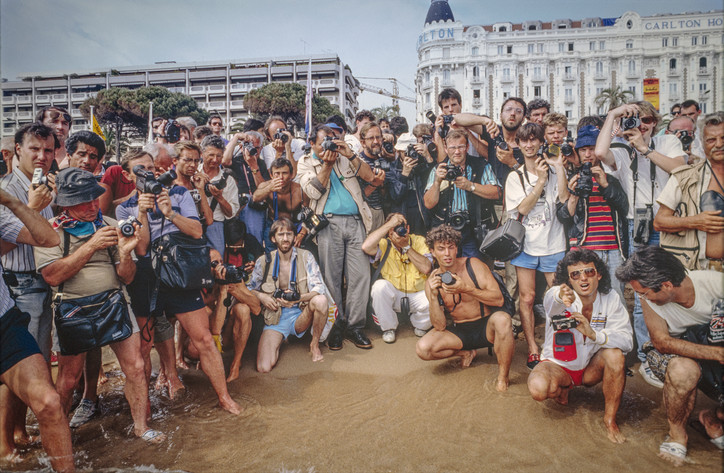

You started out in graphic design and advertising—how has that background shaped how you shoot photos back then but also now?
When I started out, I always imagined my photographs going on the cover of magazines. So I always thought about the eye contact of my subjects and also leaving space for a masthead or typography. Over the last forty years or more, I’ve done well over 200 front covers, so that attitude must have worked out okay. I’m not at all precious about how my work is used. I love working with graphic designers—who might crop or in some way alter my photographs—and I suppose that’s because I used to be a graphic designer myself. These days, when my photographs more rarely go on front covers, I’m still leaving space for mastheads and type.
Your photos often feel like you’re quietly watching from the sidelines—close but not intrusive. Do you see yourself more as someone documenting, telling a story, or something else?
If I was forced to categorise myself, I would say that I consider that I’m primarily a documentary portrait photographer. Shooting reportage is a bit of a departure for me. But I also think I’m something of a photographic opportunist. If I see something that will make a good picture, whatever it is, I’m there. I don’t really think of myself as a storyteller. Not in any real sense. My photographs are just moments stolen from life. They do have a story but it’s not really mine to tell.
Looking back, what does your Cannes series mean to you today? Is it more than just a set of photos—does it feel like a time capsule of that era?
I’m pleased that these photographs are now being published in book form, but I can’t help feeling ambivalent about some of them. They don’t always show male photographers—and maybe men in general—in the best light, do they? But, as everyone will no doubt say, those were very different times. So yes, a time capsule of an era.
